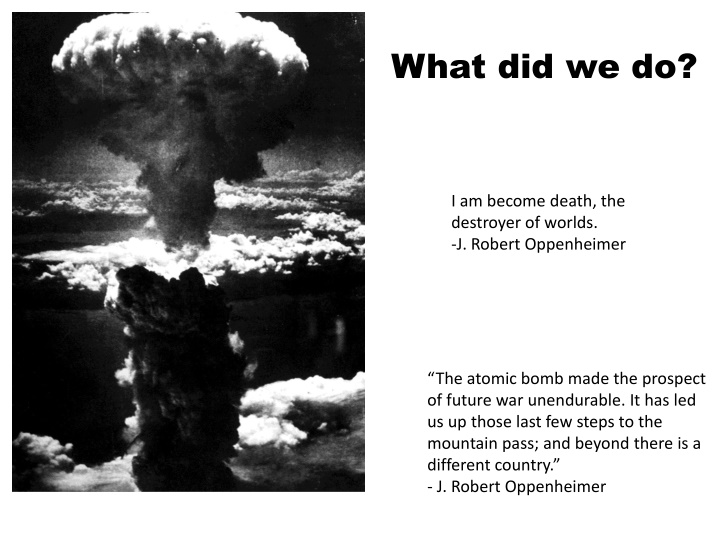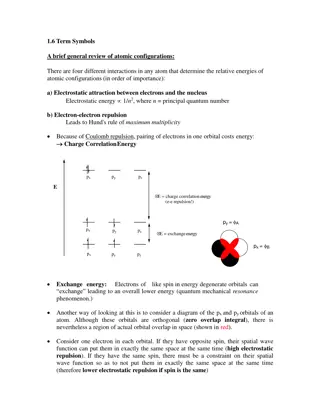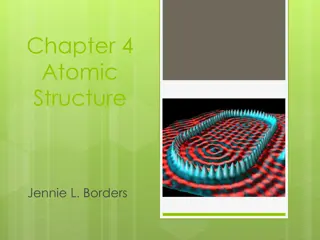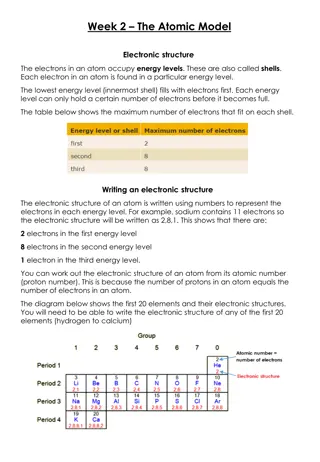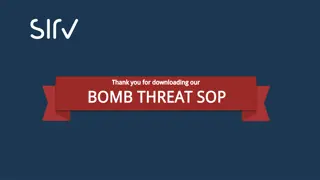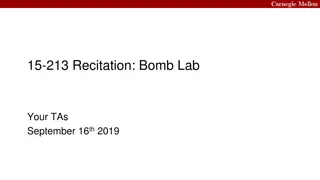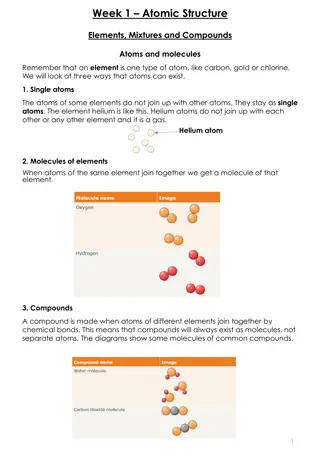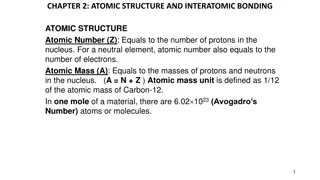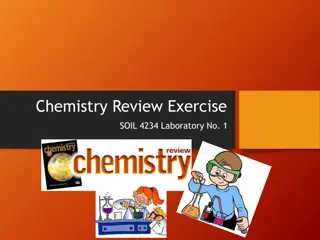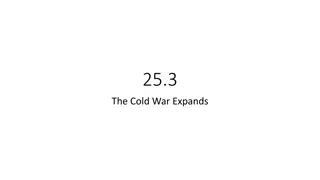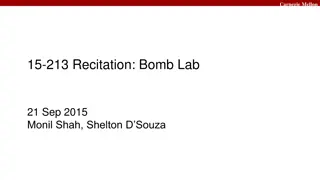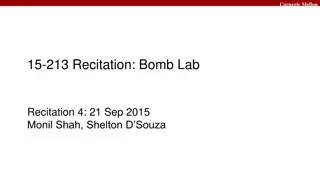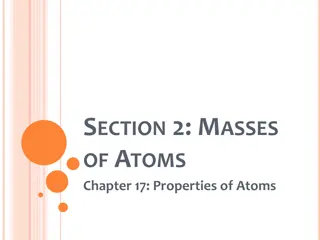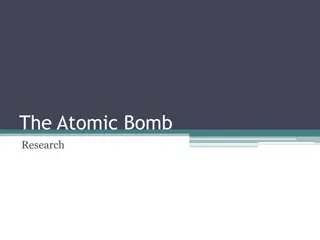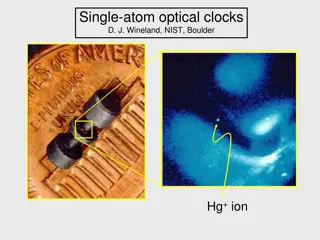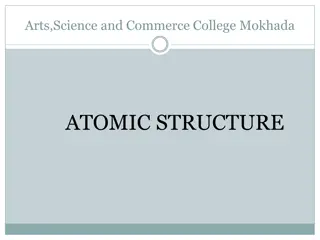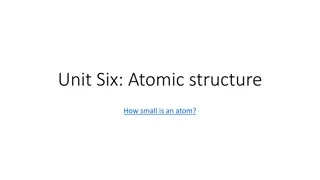The Atomic Bomb and Its Aftermath
The content delves into the events surrounding the dropping of the atomic bomb on Hiroshima in 1945, exploring the decision-making process and the devastating impact on the city and its inhabitants. It discusses the options the U.S. had to end the war, the destructive power of the bomb, and the lasting effects on Hiroshima's infrastructure and population. The images included provide a visual representation of the before and after effects of the bombing.
Download Presentation

Please find below an Image/Link to download the presentation.
The content on the website is provided AS IS for your information and personal use only. It may not be sold, licensed, or shared on other websites without obtaining consent from the author.If you encounter any issues during the download, it is possible that the publisher has removed the file from their server.
You are allowed to download the files provided on this website for personal or commercial use, subject to the condition that they are used lawfully. All files are the property of their respective owners.
The content on the website is provided AS IS for your information and personal use only. It may not be sold, licensed, or shared on other websites without obtaining consent from the author.
E N D
Presentation Transcript
What did we do? I am become death, the destroyer of worlds. -J. Robert Oppenheimer The atomic bomb made the prospect of future war unendurable. It has led us up those last few steps to the mountain pass; and beyond there is a different country. - J. Robert Oppenheimer
What other options did the U.S. have to end the war? 1) More diplomatic attempts: continue waiting for peace talks 2) Blockade: stop supplies like oil from getting to Japan, was already successful but could leave resentment, humiliation or starving Japanese 3) Land invasion: firebombing was devastating already, would have had to destroy entire country to end the war, more U.S. lives lost too. 4) Demo the bomb: shock and surprise would be lost, evacuation could happen if warned 5) Atomic Bomb: most shock and impression without a warning
Severe heat damage, everything flammable burns, suffocation due to fires, 50% fatalities, 45% injured, wind 140 mph Total Everything is vaporized, 98% fatalities, wind 320 mph destruction above ground, 90% fatalities, wind 290 mph 1 1.75 2.5 3 3.4 Severe fire and wind damage, structural damage, people blown around with 2nd and 3rd degree burns, 15% fatalities, 50% injured, wind 98 mph Miles Severe blast damage, buildings, highway bridges collapse, rivers flow opposite, 65% fatalities, 30% injured, wind 260 mph 10 miles away- temporary blindness
The first atomic bomb used in war was dropped on Hiroshima on 6 August, 1945. The A Bomb Dome, the former Trade Promotion Hall, is one of the few buildings near the epicentre of the blast still standing from that time. Contemporary pictures by Mike Coles.
In 1945 Hiroshima was a Japanese army base and an important port, with a population of about 350,000. The atomic bomb, which generated a powerful blast wind, destroyed buildings within a 1.5- mile radius.
The left photograph shows the stone steps of the main entrance of Sumitomo Bank which is only 250 meters from the hypocenter. It is believed that a person sat down on the steps facing the direction of the hypocenter, possibly waiting for the bank to open. By a flash of the heat rays with temperatures well over a 1,000 degrees or possibly 2,000 degrees centigrade, that person was incinerated on the stone steps. Up to about 10 years after the explosion, the shadow remained clearly on the stones, but exposure to rain and wind has been gradually blurring it. So, when the bank was newly built, the stone steps were removed and are now preserved at the Hiroshima Peace Memorial Museum.
Focus Question: What were the effects of the Hiroshima and Nagasaki bombs? You will be answering this question by examining primary and secondary documents. 1) Read through the document and record in your notes facts and details that help answer the focus question. 2) Replace the document with another document and continue
